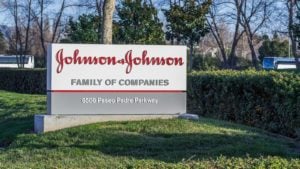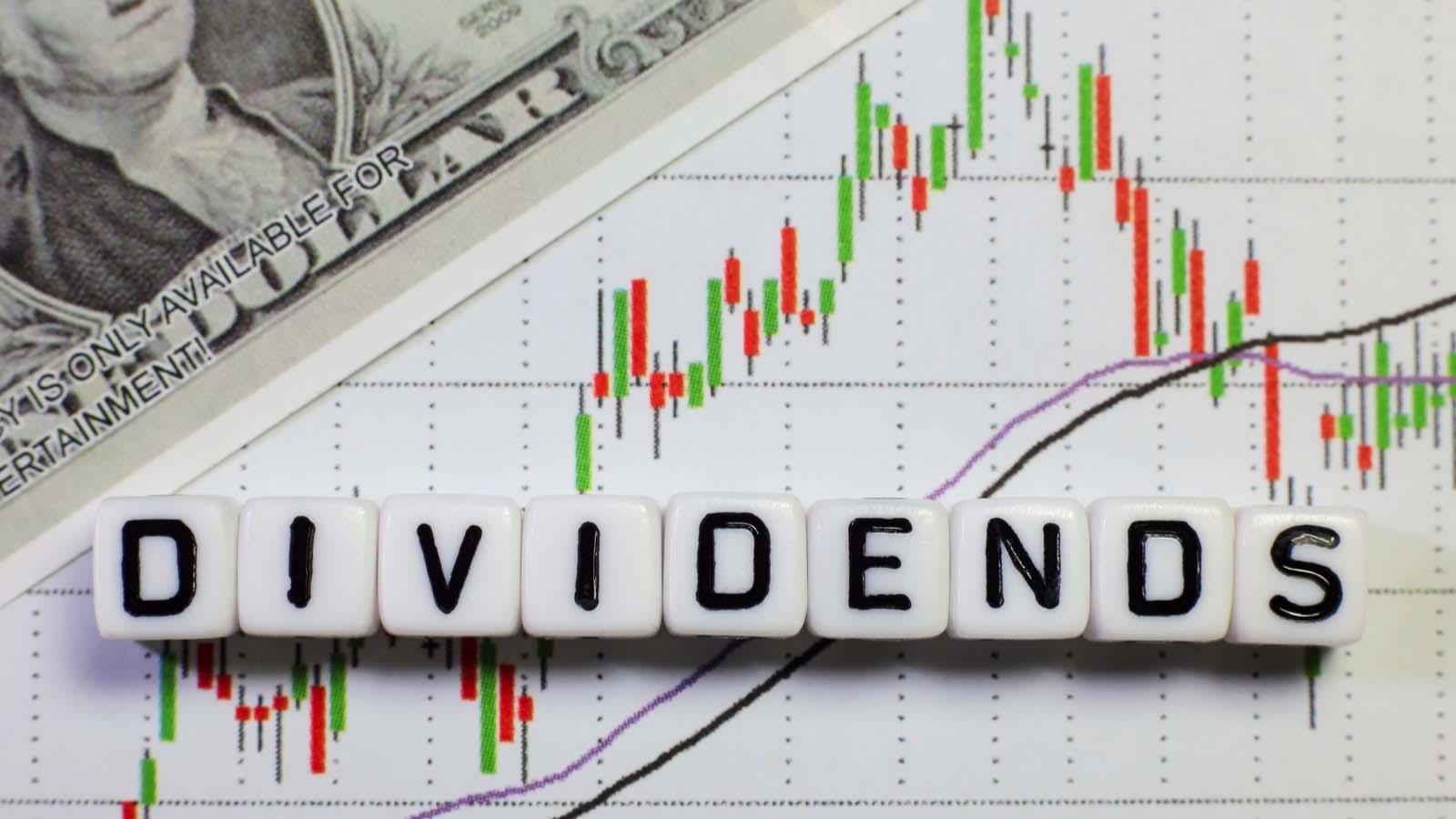Income investors should focus on stocks that pay solid yields but also those that have sustainable payouts and strong business models. The Dividend Kings are an excellent place to look for stocks with sustainable dividends, as they have raised their dividends each year for more than 50 consecutive years.
The following three Dividend Kings have low dividend payout ratios and recession-proof business models, meaning their dividends are well-covered even during a recession.
Walmart (WMT)

Walmart (NYSE:WMT) traces its roots back to 1945 when Sam Walton opened his first discount store. The company has since grown into the largest retailer in the world, serving more than 230 million customers each week. Revenue should be around $625 billion this year, and the stock trades with a market capitalization of $430 billion.
Walmart has increased its dividend for 50 consecutive years, making it a new member of the prestigious Dividend Kings. Walmart reported first-quarter earnings on May 18, and results were much better than expected on both the top and bottom lines. Adjusted earnings per share (EPS) were $1.47, which was 15 cents ahead of estimates. Revenue was up almost 8% year-over-year to $152 billion and beat estimates by more than $4 billion. U.S. comparable sales were up 7.4%, while ecommerce revenue was up 27%, led by pickup and delivery. The company noted it gained market share in grocery and that it saw the largest quarterly member sign-up totals in the history of Sam’s Club U.S.
Walmart’s EPS peaked in 2021 as consumers stocked their pantries. Earnings may decline this year, but Walmart still has long-term growth potential coming from continued strong comparable sales, and margin expansion to drive earnings growth. Its ecommerce business could be the primary driver of top-line growth.
Operating expenses seem to be coming under control, which is good news for margins going forward. The company continues to buy back stock as well. Looking forward, we are forecasting 8% annual earnings growth for the next five years. That combination should be good enough to create mid-single-digit growth without the benefit of margin expansion.
Walmart’s competitive advantage is in its enormous size as it can buy and ship product at scales no other company can rival. This allows it to operate with low prices to consumers and as more than half of its revenue comes from groceries, its recession performance is excellent.
The company’s payout ratio is quite low at 37% of earnings, making for a conservative dividend policy. The dividend should be very safe, even in a recession. WMT stock yields 1.4%.
H.B. Fuller (FUL)

H.B. Fuller (NYSE:FUL) is a leading global manufacturer of adhesives, sealants and other specialty chemical products. Industrial adhesives are the core products of the company.
The company has seen its financial results drop off somewhat this year, due mostly to difficult comparisons as it registered strong growth in 2021 and 2022. In the most recent quarter, revenue and organic revenue dipped -9.6% and -8.3%, respectively, over last year’s quarter, as price hikes of 5.9% were more than offset by a -14.2% volume decline. It was the second decline in sales after eight consecutive quarters of growth.
H.B. Fuller has posted record earnings in each of the last two years. It has grown its EPS at an 8.7% average annual rate over the last decade. A return to growth in the near term is likely, as the pandemic has subsided and the U.S. economy is growing, albeit with high inflation. H.B. Fuller has already emerged stronger from the pandemic. Overall, we expect H.B. Fuller to grow EPS at an 8% average annual rate over the next five years, in line with its historical growth rate.
The company’s balance sheet is improving as it digests a major acquisition. Due to the $1.6 billion acquisition of Royal Adhesives & Sealants, interest coverage fell to 2.0 in 2018. However, it has bounced to 3.2 as the company has been using a major portion of its free cash flows to reduce debt. In addition, the company has a healthy leverage ratio (net debt to EBITDA) of 3.2.
H.B. Fuller has raised its dividend for 54 consecutive years and is likely to continue thanks to its low payout ratio, which is 20.5% expected for 2023. FUL stock currently yields 1.1%.
Johnson & Johnson (JNJ)

Johnson & Johnson (NYSE:JNJ) is a diversified health care company and a leader in the area of pharmaceuticals and medical devices. Johnson & Johnson was founded in 1886 and employs more than 152,000 people around the world. The stock has a market cap of $450 billion.
The company has had a strong start to the year. In the second quarter, J&J’s revenue grew 6.4% to $25.5 billion, which was $860 million more than expected. Adjusted EPS of $2.80 compared favorably to $2.59 in the prior year and was 18 cents more than estimated. Excluding unfavorable currency exchange, revenue grew 7.5%. Pharmaceutical revenues grew 3.1% on a reported basis (up 7.2% excluding currency exchange). Oncology was higher by 8.8% as Darzalex, which treats multiple myeloma, continues to increase market share. Consumer revenue increased 5.4% as the lone declining business was Baby Care.
Johnson & Johnson offered revised guidance for 2023 as well. The company now expects revenue in a range of $98.8 billion to $99.8 billion for the year, up from $97.9 billion to $98.9 billion and $96.9 billion to $97.9 billion previously. Adjusted EPS is forecasted to be in a range of $10.70 to $10.80, up from $10.60 to $10.70 previously.
Johnson & Johnson has grown earnings over the past 10 years at a rate of 7%. The company managed to grow earnings before, during and after the last recession, showing that the company’s products are in demand regardless of market conditions.
Its diversified business model and stable growth have allowed the company to increase its dividend every year even during recessions. J&J has increased its dividend for 61 consecutive years, including a 5.3% dividend increase in April 2023. Shares currently yield 2.7%.
On the date of publication, Bob Ciura did not hold (either directly or indirectly) any positions in the securities mentioned in this article. The opinions expressed in this article are those of the writer, subject to the InvestorPlace.com Publishing Guidelines.
